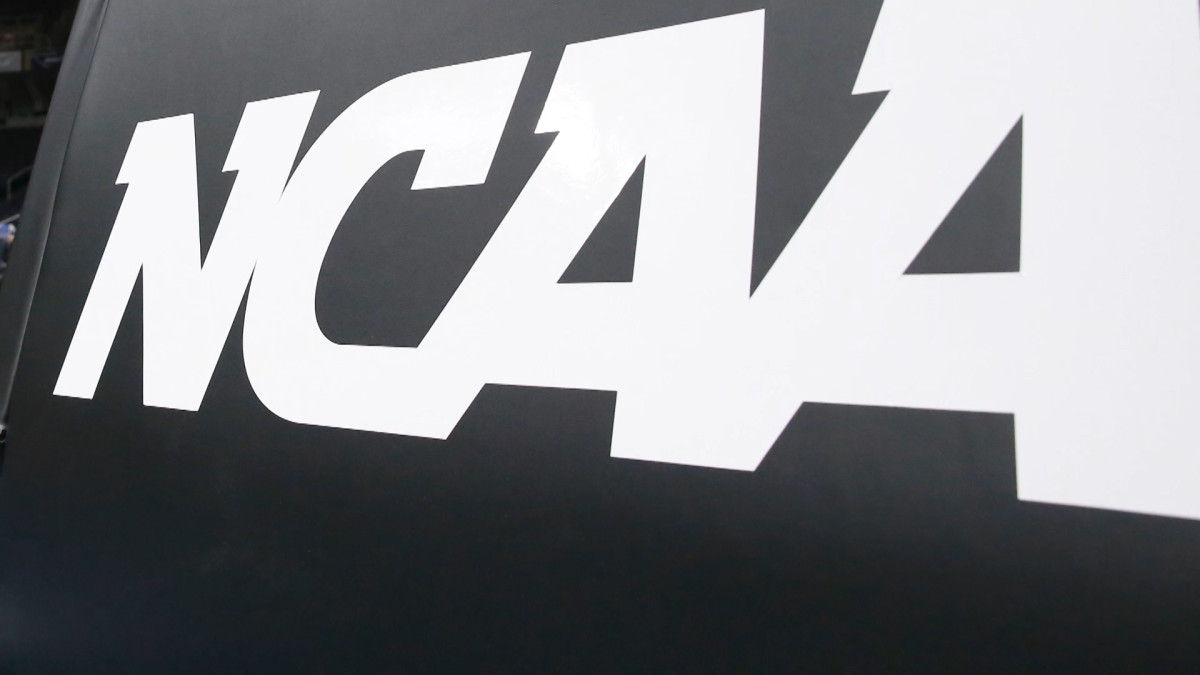B
Bama News

NCAA Proposal Will Grant Transfers Immediate Eligibility
Under the proposal, athletes are afforded a one-time transfer during their athletic careers without suffering the penalty of sitting out a season, reversing a policy from the 1960s.
Athletes can soon transfer schools and play immediately.
That’s according to proposed legislation sent to Division I Council members this week and obtained by Sports Illustrated. The Council is expected to introduce the proposal into the NCAA’s 2020–21 legislative cycle at its meeting Wednesday, with a vote coming in January for an effective date of Aug. 1, 2021.
Under the proposal developed by the NCAA Working Group on Transfers, athletes are afforded a one-time transfer during their athletic careers without suffering the penalty of sitting out a season, reversing a policy from the 1960s. Fall and winter sport athletes would have to notify their schools of a transfer by May 1, with an exception extending the date to July 1 for an end-of-the-year head coaching change or the non-renewal of scholarships. Spring sport athletes would have until July 1 to notify schools of transfer. Athletes missing those deadlines would not be immediately eligible at their new school.
In order to transfer and be eligible, athletes must also leave their previous school academically eligible, according to the proposal. An athlete’s previous school would not have any ability to object to the transfer. The legislation prohibits athletes from competing in the same academic season at two different schools.
The NCAA would not impose limits on the number of transfer athletes that a D-I program may accept in a given year, the legislation says. For now, the NCAA is not adjusting the initial counter limit that caps a football team from adding more than 25 players in a year. However, “the committee agreed to study transfer trends in the sport of football to determine whether future modifications to counter limitations are warranted.”
The legislation is an expected move that’s been discussed since February and may even be intertwined with the debate over name, image and likeness. The working group plans to evaluate stakeholder feedback in November and recommend any necessary modifications to the proposal for the Council to consider in December or January.
The proposal is the second piece of somewhat historic legislation that the DI Council is reviewing this week (the other is a proposal regarding name, image and likeness). The one-time transfer exception was originally added to the D-I Council’s agenda in April before being pushed to the next legislative cycle.
Relaxing transfer rules is nothing new. The NCAA has adopted a slew of player-friendly transfer-related changes over the last two years. For instance, schools no longer have authority over a player’s transfer destination, a change that coincided with the creation of the transfer portal in fall of 2018. Graduating players can now play immediately after transferring within their own conference, and most schools release signees from their letters of intent if a head coach leaves a school before their first semester.
The latest change could reverse a long-standing rule adopted NCAA wide in the early 1960s, one that originated more than a century ago when a group of Ivy League schools agreed to a one-year sit-out provision for players transferring among them. Under the current policy, players can transfer freely and play immediately in all sports except for baseball, basketball, football and men’s ice hockey.
While many administrators agree to wanting a unified transfer rule, they admit to varying degrees of concerns, most of them stemming from an anticipated spike in transfers. Without a one-year penalty, players will be more inclined to leave. Academic Progress Rate scores could see such a dip that many believe the formula would need an adjustment. Under current APR formula, each player earns one point for staying in school and one point for being academically eligible. Transferring players would cost a school the retention point.
As for APR adjustments, the NCAA is referring those potential changes to the D-I Committee on Academics, according to the documents.
